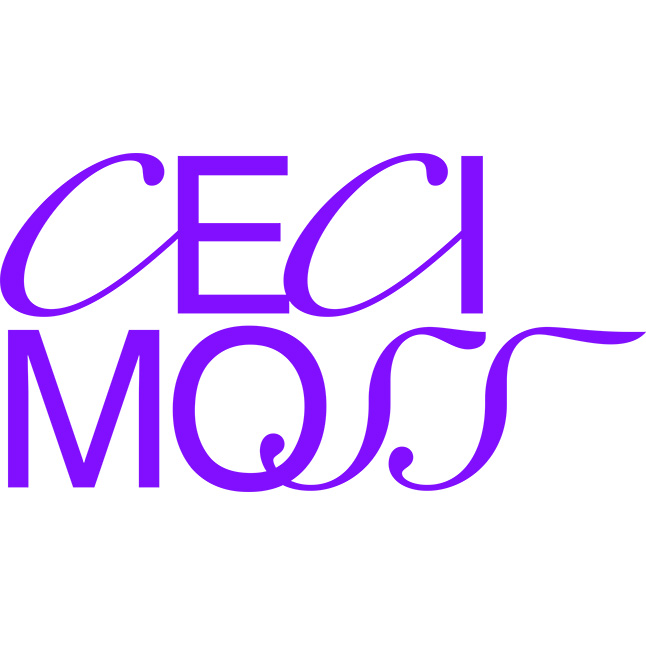
Jacqueline Kiyomi Gordon, SA-3, 2011
Artist Profile: Interview with Jacqueline Kiyomi Gordon
- PUBLICATION Rhizome
- DATE May 30th, 2012
- URL rhizome.org
- PDF cecimoss.com
Excerpt / The notion of “feedback” is an important element for your sonic sculptures, where the viewer/listener is pulled into and directed by the work. As you stated in our visit, “What you hear affects how you move and how you move affects how you hear.” Your work SA-3, which you developed as a MFA student at Stanford, is a prime example of this technique. Could you discuss this piece and your research going into the project?
Well, for that piece it really started with noticing the moment in which I would become conscious of a localized sound, and how that awareness would pull me into or out of a particular relationship to the space. You could say an in-body/out-of-body type mediation. Through research in sound localization I learned of various directional speaker technologies and I combined that with an ongoing interest in how and why speaker systems are installed and controlled.
I was already looking into military projects involving sound as well as new developments in sound system technology. Talking with some folks at Meyer Sound in Berkeley, I was particularly interested in their Constellation system and their long-range speakers while I was also learning about spatial sound at Stanford’s CCRMA (Center for Computer Music and Research in Acoustics). I came across the “audio spotlight” by Holosonics and the LRAD speakers at the time made by American Technologies. These both use ultra sonic transducers that heterodyne into an audible frequency controlling the localization of the sound through the inherent directionality of ultrasonic waves. The police and military are using the LRAD as hailing devices and have occasionally used them for crowd dispersal, a technique which is super dangerous because the key component of these speakers is that the user can control them without affecting their own ears. The person in control of the sound can inhabit the same space with those that it affects, while remaining immune to its force. Never before has this been the case. There’s a frightening disjunction in that control loop. So I was doing this research and I found a few really cheap small ultrasonic speakers on EBay and combined them into a hanging speaker array loosely based off of one of the Meyer Sound systems. I have always been attracted to the hanging speaker arrays and wanted to combine the ultrasonic speaker technology with the aesthetics of the stadium speakers to address the ways these more known systems control our bodily relationship to sound. In a theater or performance setting there’s a loop between the performer, the sound engineer, the speaker system and the audience that returns back to the performer. With the LRAD system there’s a different loop where the person controlling the sound (performer and the sound engineer) do not experience the sound, yet they could see their “audience.”
Going back to SA-3, I wanted to play between those experiences by having the speakers of SA-3 play the sounds that you as a viewer make in the gallery. A mirror of sorts where you control what the sound is but how you chose to place yourself inline with the directionality of the speakers decides how you experience that sound in space. The audience is the performer. And I guess, as the designer of this system, I am the sound engineer.
— “Artist Profile: Interview with Jacqueline Kiyomi Gordon” Rhizome, May 30, 2012
